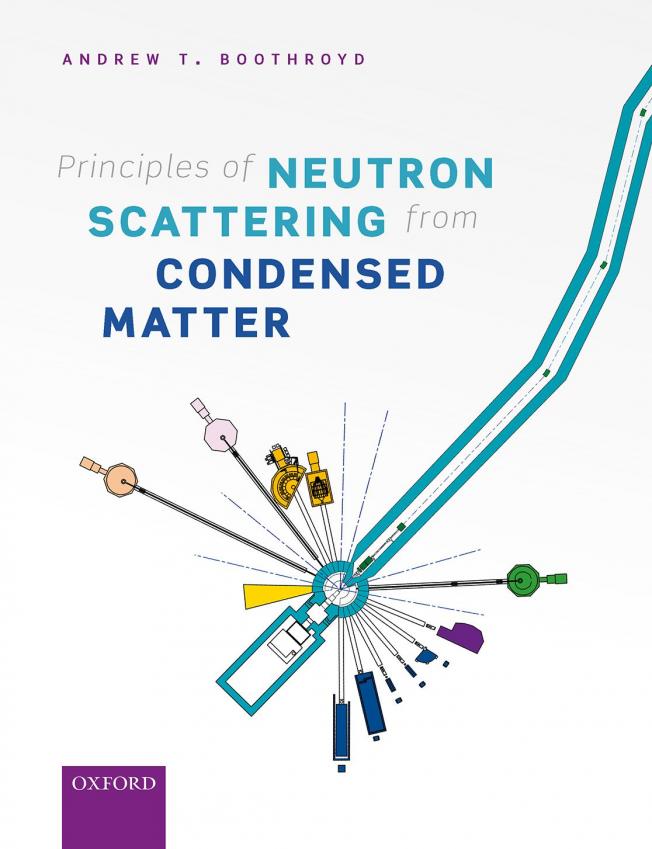An ideal Weyl semimetal induced by magnetic exchange
Physical review B: Condensed matter and materials physics American Physical Society 100 (2019) 201102(R)
The full magnon spectrum of yttrium iron garnet
npj Quantum Materials Springer Nature 2:1 (2017) 63
Abstract:
The magnetic insulator yttrium iron garnet can be grown with exceptional quality, has a ferrimagnetic transition temperature of nearly 600 K, and is used in microwave and spintronic devices that can operate at room temperature. The most accurate prior measurements of the magnon spectrum date back nearly 40 years, but cover only 3 of the lowest energy modes out of 20 distinct magnon branches. Here we have used time-of-flight inelastic neutron scattering to measure the full magnon spectrum throughout the Brillouin zone. We find that the existing models of the excitation spectrum fail to describe the optical magnon modes. Using a very general spin Hamiltonian, we show that the magnetic interactions are both longer-ranged and more complex than was previously understood. The results provide the basis for accurate microscopic models of the finite temperature magnetic properties of yttrium iron garnet, necessary for next-generation electronic devices.All-in all-out magnetic order and propagating spin-waves in Sm2Ir2O7
Physical Review Letters American Physical Society 117:3 (2016) 037201
Abstract:
Using resonant magnetic x-ray scattering we address the unresolved nature of the magnetic groundstate and the low-energy effective Hamiltonian of Sm2Ir2O7, a prototypical pyrochlore iridate with a finite temperature metal-insulator transition. Through a combination of elastic and inelastic measurements, we show that the magnetic ground state is an all-in all-out (AIAO) antiferromagnet. The magnon dispersion indicates significant electronic correlations and can be well-described by a minimal Hamiltonian that includes Heisenberg exchange (J = 27.3(6) meV) and DzyaloshinskiiMoriya interaction (D = 4.9(3) meV), which provides a consistent description of the magnetic order and excitations. In establishing that Sm2Ir2O7 has the requisite inversion symmetry preserving AIAO magnetic groundstate, our results support the notion that pyrochlore iridates may host correlated Weyl semimetals.A ferroelectric-like structural transition in a metal.
Nat Mater 12:11 (2013) 1024-1027
Abstract:
Metals cannot exhibit ferroelectricity because static internal electric fields are screened by conduction electrons, but in 1965, Anderson and Blount predicted the possibility of a ferroelectric metal, in which a ferroelectric-like structural transition occurs in the metallic state. Up to now, no clear example of such a material has been identified. Here we report on a centrosymmetric (R3c) to non-centrosymmetric (R3c) transition in metallic LiOsO3 that is structurally equivalent to the ferroelectric transition of LiNbO3 (ref. 3). The transition involves a continuous shift in the mean position of Li(+) ions on cooling below 140 K. Its discovery realizes the scenario described in ref. 2, and establishes a new class of materials whose properties may differ from those of normal metals.Magnetostructural Transition in Spin Frustrated Halide Double Perovskites
Chemistry of Materials American Chemical Society (ACS) (2025)


